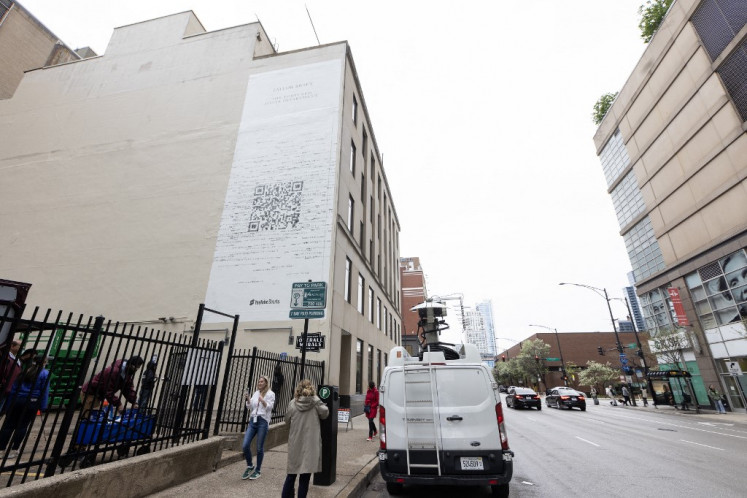Google Doodle of the day: Who’s Karl Landsteiner?
Google's Doodle of the day features Austrian-born scientist Karl Landsteiner, who not only paved way for blood transfusion practices but also made improvements in other medical areas such as treatment, therapy and surgery.
Change Size
 Together with scientist Erwin Popper, Landsteiner also contributed to the discovery of the cure for polio. (Google/-)
Together with scientist Erwin Popper, Landsteiner also contributed to the discovery of the cure for polio. (Google/-)
I
n case you haven’t already seen Google’s homepage on Tuesday, it features Austrian-born scientist Karl Landsteiner as a doodle character: a sleek-haired scientist wearing the typical white lab coat, holding a typical brown clipboard with a microscope and test tubes lined on the table beside him. The spinning red discs and corresponding letters floating atop the test tubes are very familiar to most people: O, A, B and AB, are the four categories into which our blood types are classified.
Landsteiner’s revolutionary findings not only paved way for blood transfusion practices, which first succeeded in 1907, but also made improvements in other medical areas like treatment, therapy and surgery. Together with scientist Erwin Popper, he also contributed to the discovery of the cure for polio.
(Read also: Google Doodle honors Mexican poet Rosario Castellanos)
Dubbed the “Father of Transfusion Medicine”, Landsteiner’s contributions to the medical field—and humanity’s progression as a whole— has been recognized by several prestigious awards, such as the Prize Aronson in 1926 and the Nobel Prize in Physiology and Medicine in 1930.
Even at age 75, Landsteiner continued to dedicate his life to the laboratory, where he died of a heart attack one fateful day. Three years after his death, he was honored with the Lasker Award, which was a unique case as the award is usually presented to living persons who have performed public service on behalf of medicine. (sab/kes)








